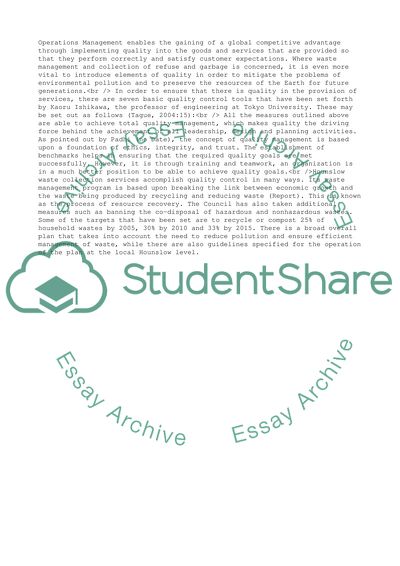Cite this document
(The Management of All the Resources and Activities within the Organiza Case Study, n.d.)
The Management of All the Resources and Activities within the Organiza Case Study. Retrieved from https://studentshare.org/business/1708241-operations-and-project-management
The Management of All the Resources and Activities within the Organiza Case Study. Retrieved from https://studentshare.org/business/1708241-operations-and-project-management
(The Management of All the Resources and Activities Within the Organiza Case Study)
The Management of All the Resources and Activities Within the Organiza Case Study. https://studentshare.org/business/1708241-operations-and-project-management.
The Management of All the Resources and Activities Within the Organiza Case Study. https://studentshare.org/business/1708241-operations-and-project-management.
“The Management of All the Resources and Activities Within the Organiza Case Study”. https://studentshare.org/business/1708241-operations-and-project-management.


